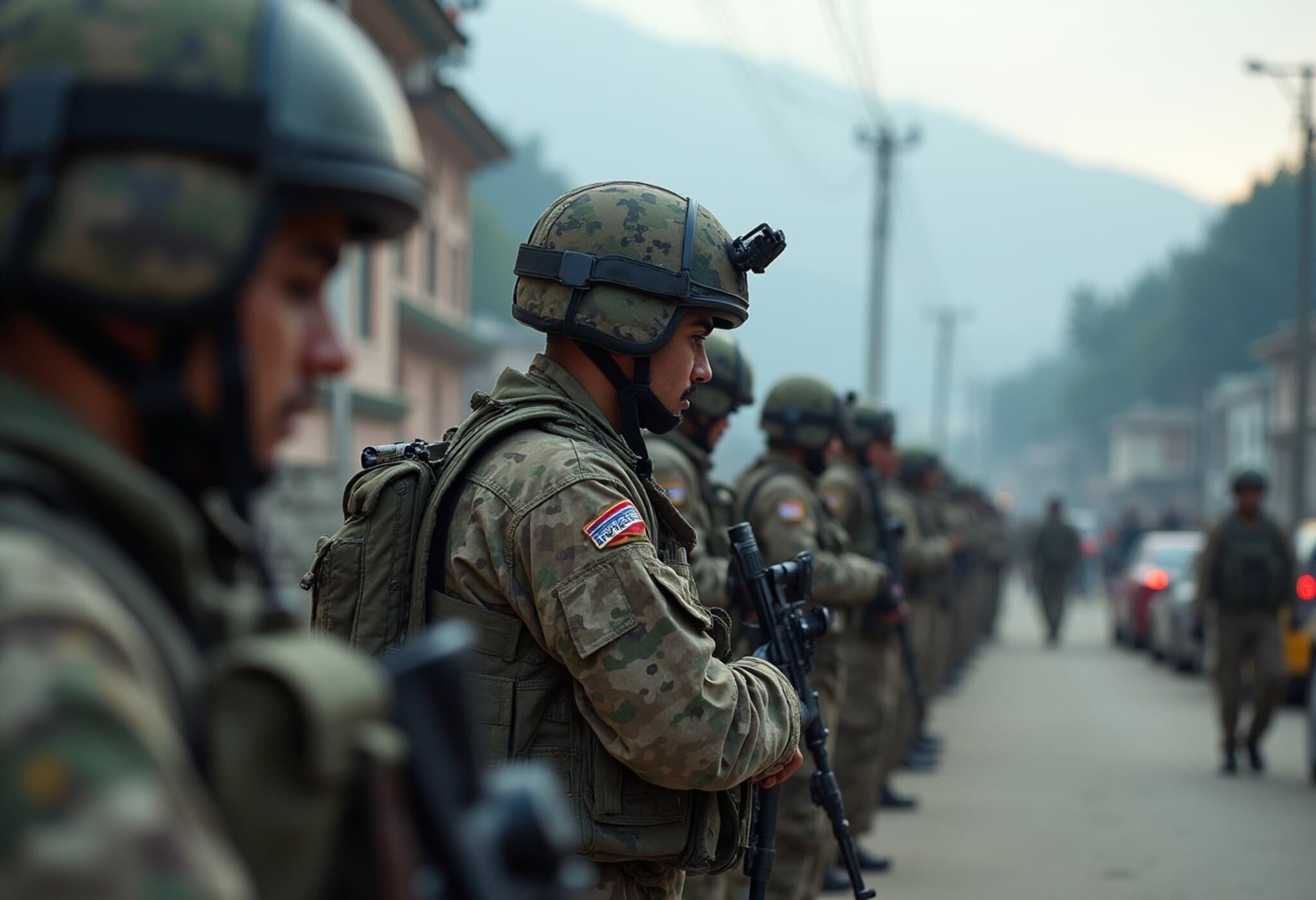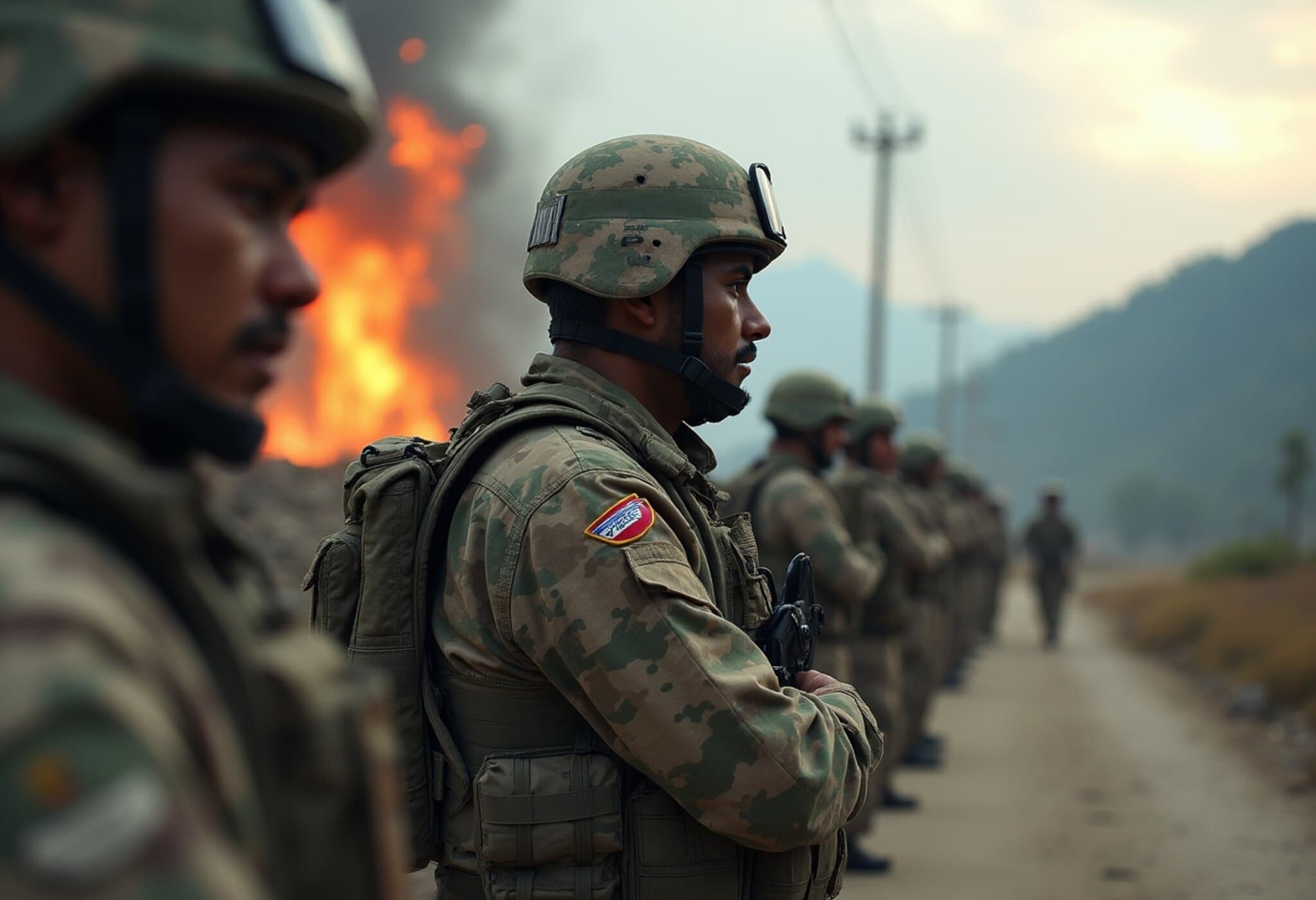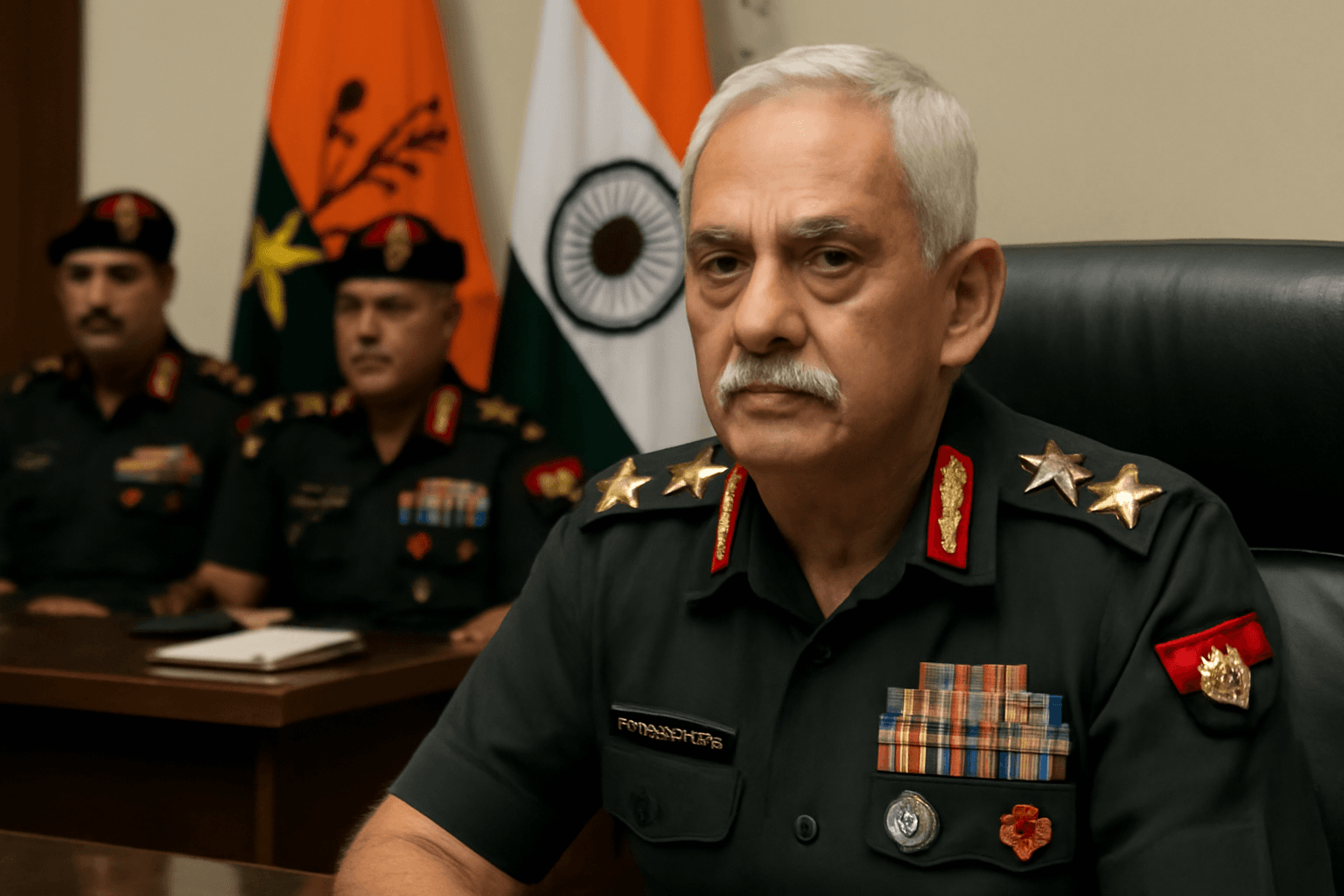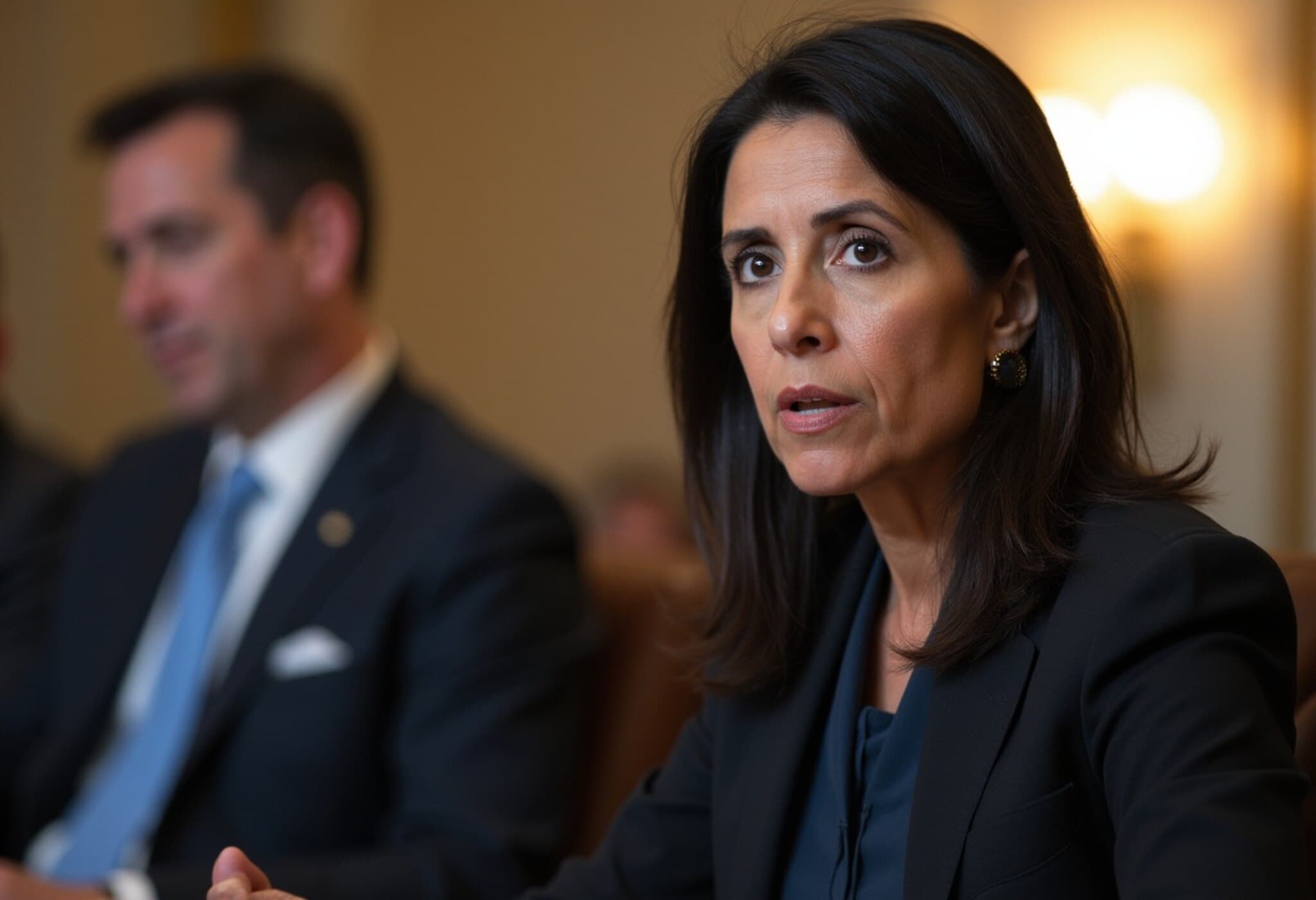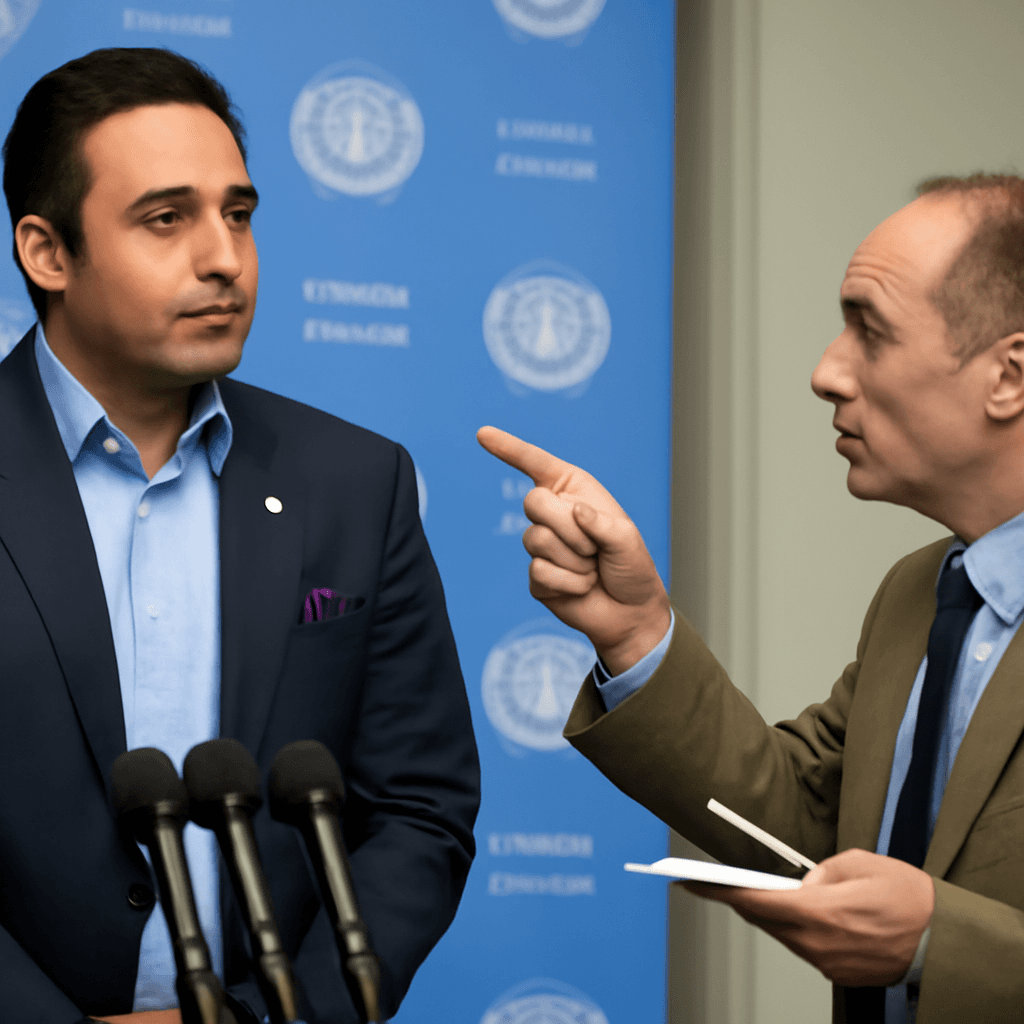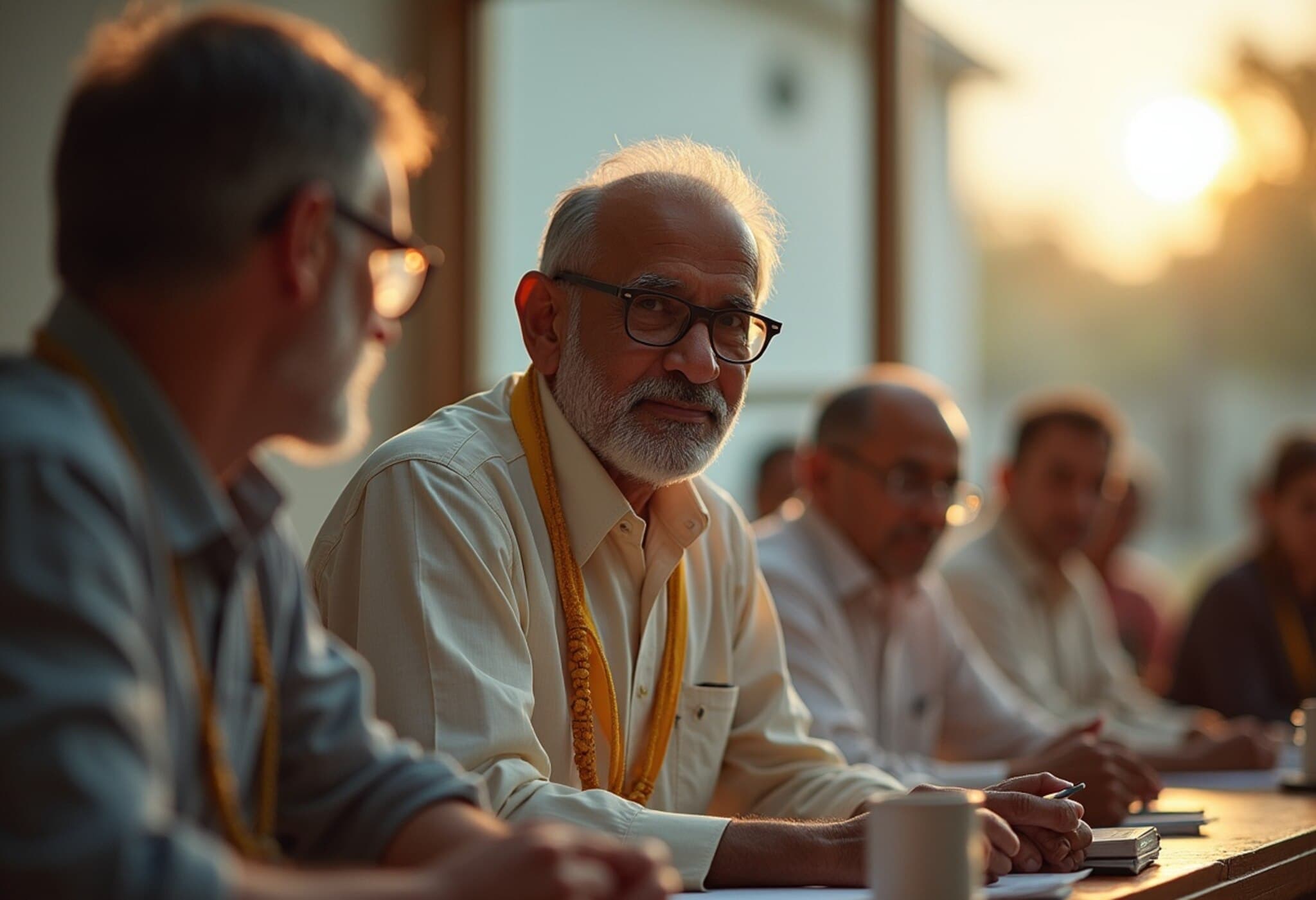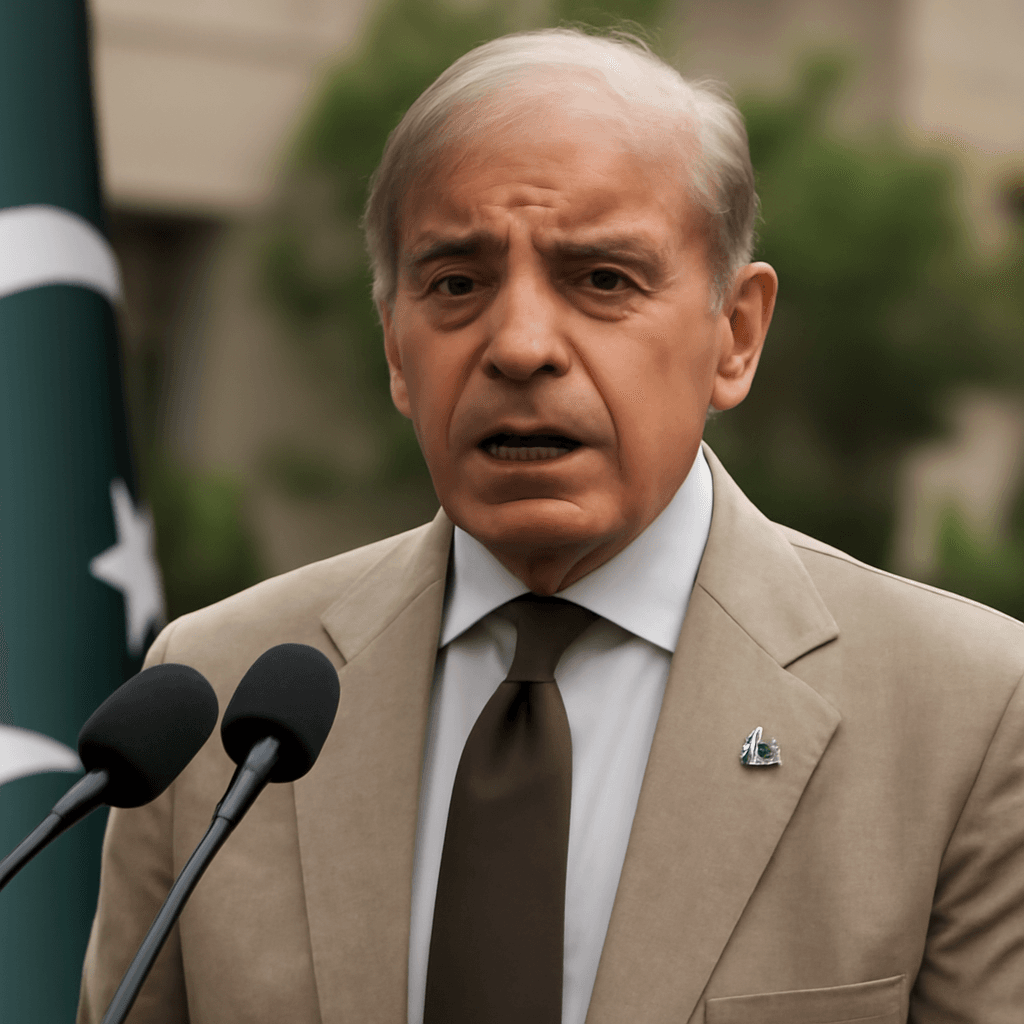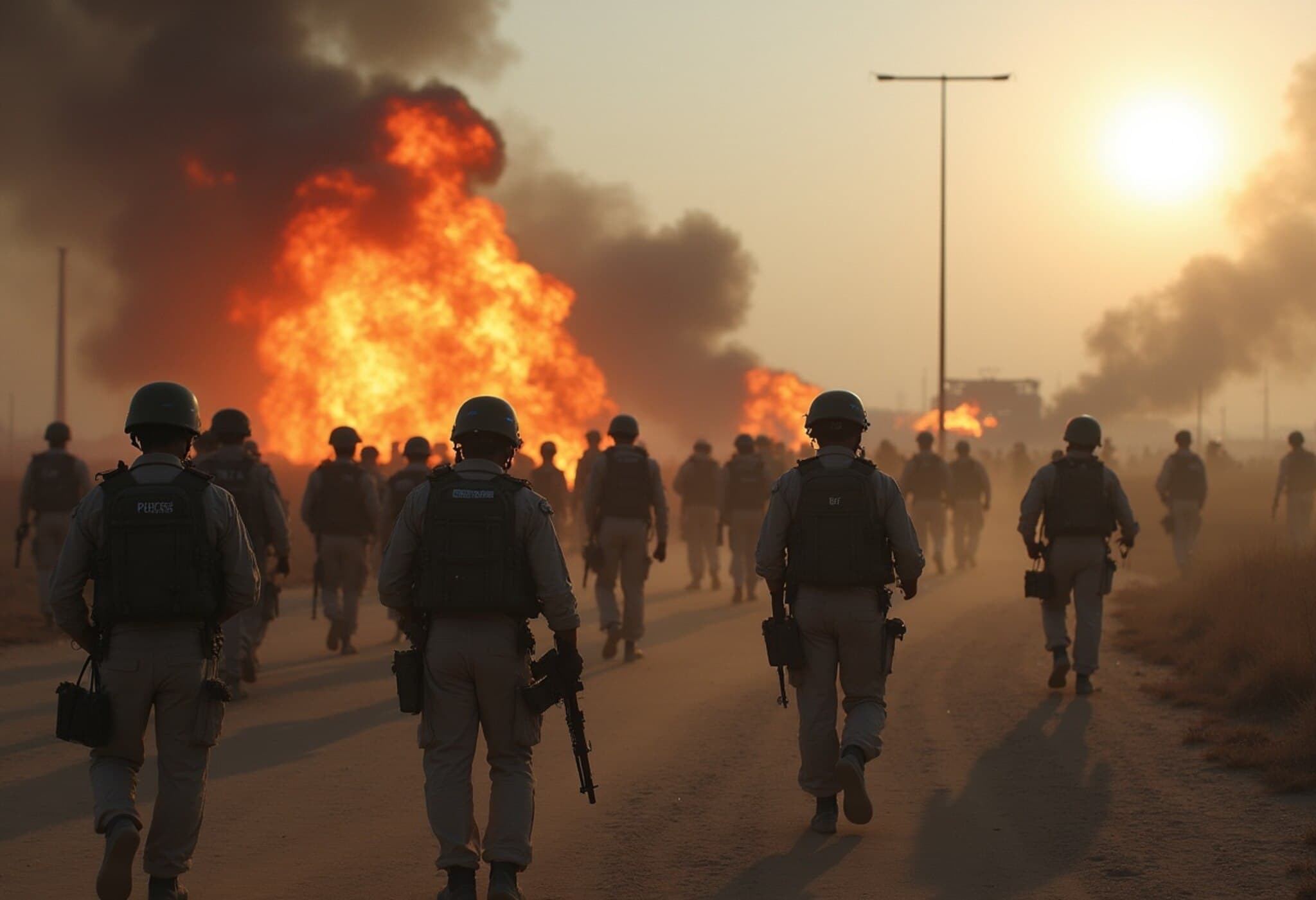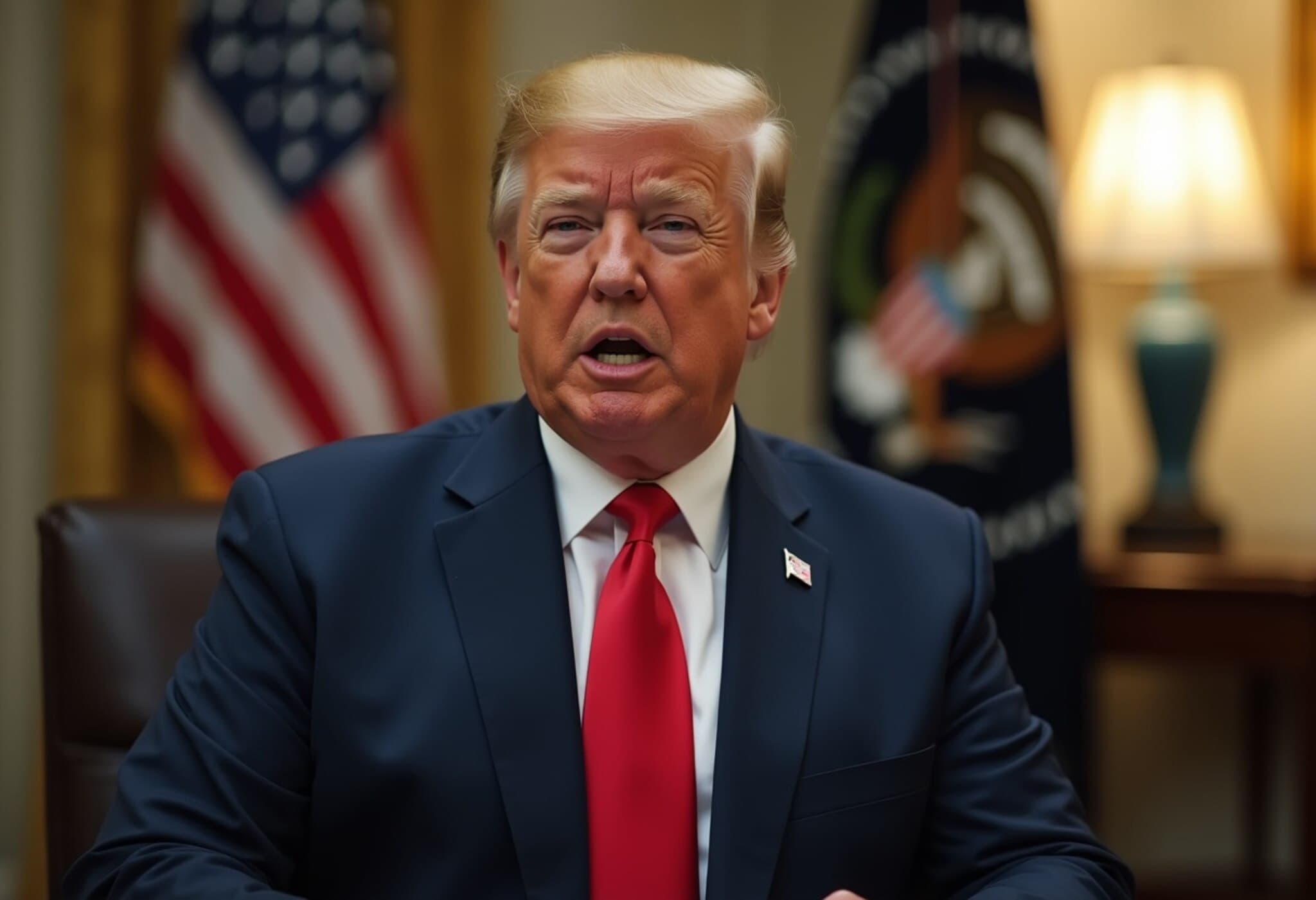Unveiling the Pahalgam Terror Attack: A Pakistan-Backed Conspiracy
On April 22, 2025, the tranquil tourist town of Pahalgam in Jammu and Kashmir was rocked by a brutal terrorist attack that claimed the lives of 26 innocent civilians. Recent investigative reports have shed light on the sinister orchestration behind this tragedy: a coordinated plot masterminded by Pakistan's intelligence agency, the Inter-Services Intelligence (ISI), in partnership with the terrorist organization Lashkar-e-Taiba (LeT). Notably, this operation was allegedly executed under directives from Pakistan’s highest political and military echelons.
Details from the Investigation
According to a comprehensive probe cited by The Times of India, this assault mirrors the scale and coordination reminiscent of the infamous 26/11 Mumbai attacks, reinforcing concerns about Pakistan’s continued state-sponsored terrorism. What sets this operation apart is its exclusive reliance on only Pakistani nationals as attackers, deliberately excluding local Kashmiri militants. This was reportedly done to maintain operational secrecy, with minimal local assistance granted strictly on a need-to-know basis.
The Mastermind and Execution
- The attack was led by Sulaiman, a former Pakistani special forces commando trained at LeT’s Muridke training camp in Punjab.
- Sulaiman infiltrated Jammu and Kashmir in 2022 and remained close to the Pahalgam attack site in the Tral forest for nearly a week, monitored via satellite phone pings.
- He participated in a previous attack on an Army truck in April 2023, emphasizing his deep involvement in terror activities within the region.
- The team included two other Pakistani terrorists, underscoring a tightly-knit, externally commanded squad.
India’s Forceful Response and Regional Implications
India's reaction to the Pahalgam attack was swift and unequivocal. New Delhi not only condemned Pakistan for consistent cross-border terrorism but also escalated diplomatic and security measures by:
- Suspending the Indus Waters Treaty, a critical water-sharing agreement between the two nations.
- Expelling Pakistani diplomats in a diplomatic tit-for-tat action.
- Launching Operation Sindoor, a series of precise counter-terrorism strikes targeting nine terror camps in Pakistan and Pakistan-occupied Kashmir, reportedly eliminating close to 100 terrorists.
Expert Analysis: Pakistan’s Proxy Warfare Strategy
Experts widely describe Pakistan as a “global exporter of terror”, highlighting its persistent state policies promoting militancy to advance geopolitical interests. The Pakistani military and intelligence agencies continue harboring, arming, and training terror outfits such as LeT and Jaish-e-Mohammed. This symbiosis allows Pakistan’s military to preserve internal dominance by justifying authoritarianism through external threats.
Historically, similar tactics were in play during the Kargil conflict of 1999, where Pakistan covertly occupied Indian territory basing its claims on the narrative of local uprisings—only to be militarily reversed by India. Such strategies reflect a pattern leveraging terrorism as a tool of asymmetric warfare.
Broader Geopolitical and Security Concerns
The Pahalgam attack deepens longstanding apprehensions not only across India but also among Afghanistan, Iran, and Western nations over Pakistan’s role in fomenting instability. The world community remains vigilant, recalling past terror incidents such as the devastating 2008 Mumbai attacks and the harboring of Osama bin Laden within Pakistani borders, which have strained Pakistan's diplomatic relations globally.
Key Questions Raised
- Can sustained diplomatic isolation pressure Pakistan to dismantle terror infrastructure embedded within its borders?
- What role can international cooperation play in countering state-supported terrorism in South Asia?
- How might India balance retaliatory security measures with diplomatic channels to restore regional stability?
Conclusion
The Pahalgam terror attack serves as a grim reminder of the complex nexus between state policies and extremist violence, underscoring the urgent need for sustained vigilance, intelligence cooperation, and strategic diplomacy in the region. As India fortifies its security apparatus and pursues diplomatic gains, the global community watches closely, hoping for a future where peace can finally overcome the shadows cast by cross-border terrorism.
This investigation into the Pahalgam attack reveals more than just isolated terror violence—it exposes a broader geopolitical challenge rooted in state-sponsored terrorism. Readers are encouraged to reflect on the human costs behind the headlines and consider the intricate balance between national security and regional diplomacy. Moving forward, a multi-faceted approach combining robust intelligence, diplomatic patience, and international collaboration will be critical in dismantling the cycles of violence impacting South Asia.

